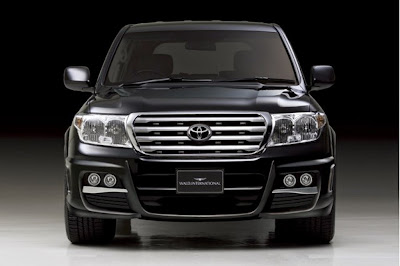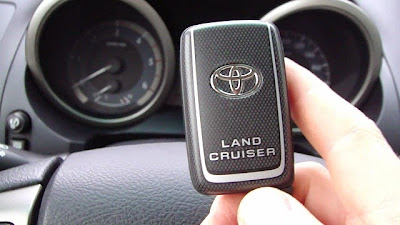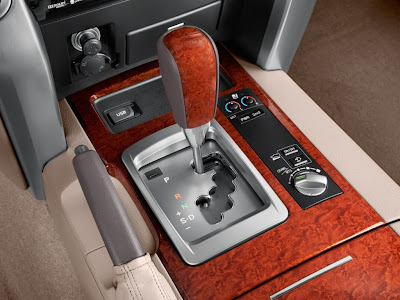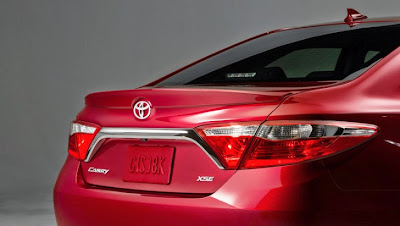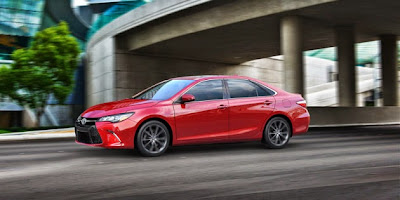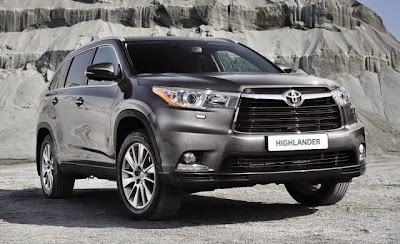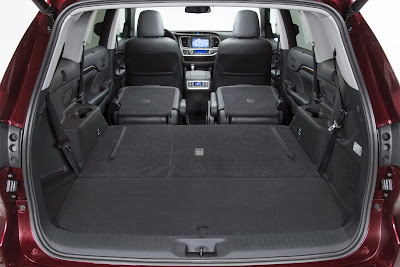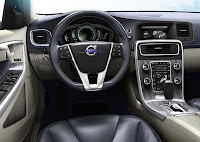This article share the latest information about Toyota Land Cruiser 2015
Review. The 2015 Toyota Land Cruiser looks to some extent like the
Jeep-like military transport that appeared such a large number of
decades prior. Today, its a rich transport for up to eight, a solitary
model that, while pricey, can do pretty much anything you ask of it.
Also we do mean anything, in light of the fact that there is one thing
today's current, sumptuous Toyota Land Cruiser offers with its
predecessors: an uncanny rough terrain capacity. Since, you see,
dissimilar to opponents like the Mercedes-Benz GL or Cadillac Escalade,
this extravagance SUV isn't hesitant to get its shoes grimy. With a
low-run exchange case, and a Multi-landscape Select framework that is
savvy enough to know when to permit wheel slip and when to counteract
it, there's little the 2015 Toyota Land Cruiser can't deal with.
Toyota Land Cruiser 2015 Review
Design
Exterior
There's not a great deal of energy to the 2015 Toyota Land Cruiser
exterior, however on the other hand, there doesn't have to be. The
exterior reflects the Land Cruiser's motivation in life, that is, to be
roughly tried and true in any climate, over any territory, while
offering a definitive in refined extravagance.
The look underscores the abilities of this extravagance SUV with
abundant ground leeway and short front and back shades for the harsh
stuff, while adding enough chrome and twists to get the front spot at a
top of the line restaurant's valet stopping.
Interior
The 2015 Toyota Land Cruiser presents seating for eight travelers, with
worthy cargo space behind the third column. From in the driver's seat,
you'll appreciate a lot of force, an agreeable ride, impeccable seats
and calm running, on account of the Land Cruiser's extravagance levels
of sound stifling. Then again, the Land Cruiser's not the best
cargo-hauler, on account of 3rd-line situates that overlay up against
the sides of the cargo range, decreasing the amount you can carry
inside. At any rate the interior is flooded with extravagance touches,
in the same way as delicate calfskin and Toyota's Entune sound
framework.
Performance
it unquestionably wins high stamps for sturdy execution proposed for
rough terrain utilization. Under the hood is a 5.7-liter V-8 that
creates 381 pull and 401 lb-ft of torque.
The Cruiser's dependability control is additionally profoundly
incorporated into its go dirt road romping bundle to oversee hold: Hill
Descent Control makes it simple to journey gradually down dubious
slopes, Trailer Sway Control mitigates the wagging movement prompted by
towed loads. At long last, an Off-Road Turn Assist does what other
torque-vectoring frameworks do: it clips an inside back brake to help tighten corners.
The Off-Road Turn Assist peculiarity beats the back corner brakes to
help the vehicle make more keen turns when moving through tight quarters
on tough landscape. Creep Control with Off-Road Turn Assist
incorporates Downhill Assist Control (DAC), which is designed to enlarge
the low-speed plunging capacity of low-go by serving to hold the
vehicle to a target speed with for all intents and purpose no driver
mediation. Slope begin Assist Control (HAC) gives extra control to go
dirt road romping driving by serving to keep the vehicle stationary
while beginning on a soak grade or dangerous surface.

It's scarcely short of 6,000 pounds, much appreciated to a great extent
to it substantial body-on-casing development. That structure likewise
provides for it some considerable towing capability, despite the fact
that it sounds and feels really smooth on the thruway. The Land Cruiser
isn't speedy, though–you simply can't twist the laws of physics–and the
controlling feels numb, due its four-wheel-drive framework.
It's a ponder that the Land Cruiser handles and it does–there's
extremely restricted body come in the turns–thanks to its Kinetic
Dynamic Suspension System. It's ready to harden the front and back
against move bars for interstate driving, while basically disengaging
them when you take rough terrain. Indeed with that framework, the Land
Cruiser can be a bit firm, which is particularly evident through
potholes and substantial knocks. It's an incredible framework for rough
terrain solace and taking care of with such an expansive vehicle,
however unpleasant streets will leave no inquiry in your psyche about
the way that the Land Cruiser is focused around a truck's stage.
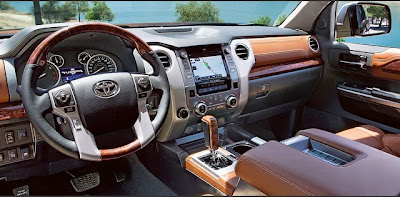
On-street progress aside, the Land Cruiser is a true champ in the soil.
The Land Cruiser wears a methodology edge of 30 degrees, a true low
extend for its 4wd framework, and a locking focus differential that can
move from 50 to 70 percent of accessible torque to the back wheels,
contingent upon the footing state and needs existing apart from
everything else. The back suspension offers a full 9.5 inches of go to
help express the wheels over the most requesting landscape. The Land
Cruiser's development additionally supports its go 4x4 romping
capability, with its body-on-casing development making it more tough and
intense than most.
Features
There truly aren't any alternatives accessible on the advanced Land Cruiser–everything has turned into a standard gimmick.
There are force windows, bolts and mirrors; a moonroof; calfskin
upholstery; warmed front and second-line seats; and four-zone atmosphere
control- -it now likewise incorporates Bluetooth; a route framework; a
back seat DVD amusement framework; downpour sensing wipers; an inside
reassure cooled compartment; versatile journey control; and a warmed,
cowhide trimmed directing wheel.
On top of that, there's additionally Toyota Entune. Entune empowers
cellular telephone application network. Pandora music can channel
through i
Price
Bring a lot of cash to your Toyota dealership. The Manufacturer's
Suggested Retail Price (MSRP) for the 2015 Land Cruiser begins at about $81,000
when you incorporate the $925 end charge. That is not shoddy, yet on
the other hand, pretty much everything is standard gear. The exemption
may be paint color, as Toyota charges about $400 for several its
distinctive shade alternatives. When you consider that the Land Cruiser
contends with Suvs like of the Mercedes-Benz Gl550,
Land Rover Range Rover HSE and Infiniti Qx80 – all of which have broad
arrangements of choices driving up the value – its not terrible. Still,
look at the Kbb.com Fair Purchase Price to see what others in your
general vicinity are paying for the 2015 Land Cruiser. The Land Cruiser
is relied upon to hold its resale esteem better than its Mercedes-Benz
and the Land Rover rivals.

